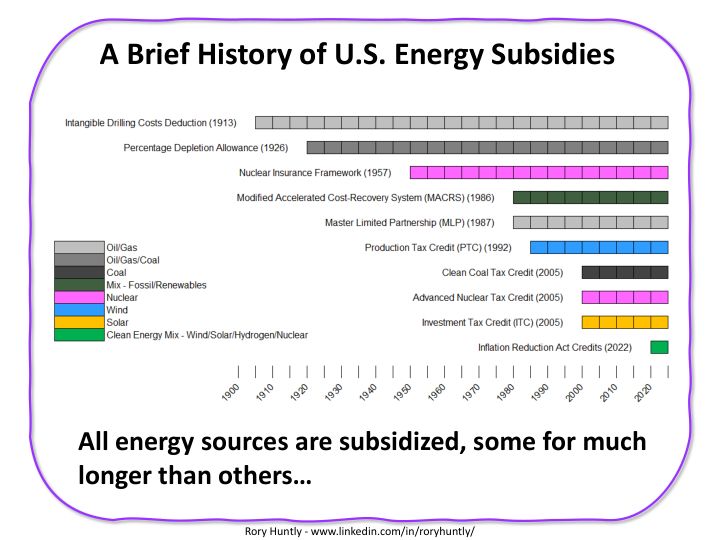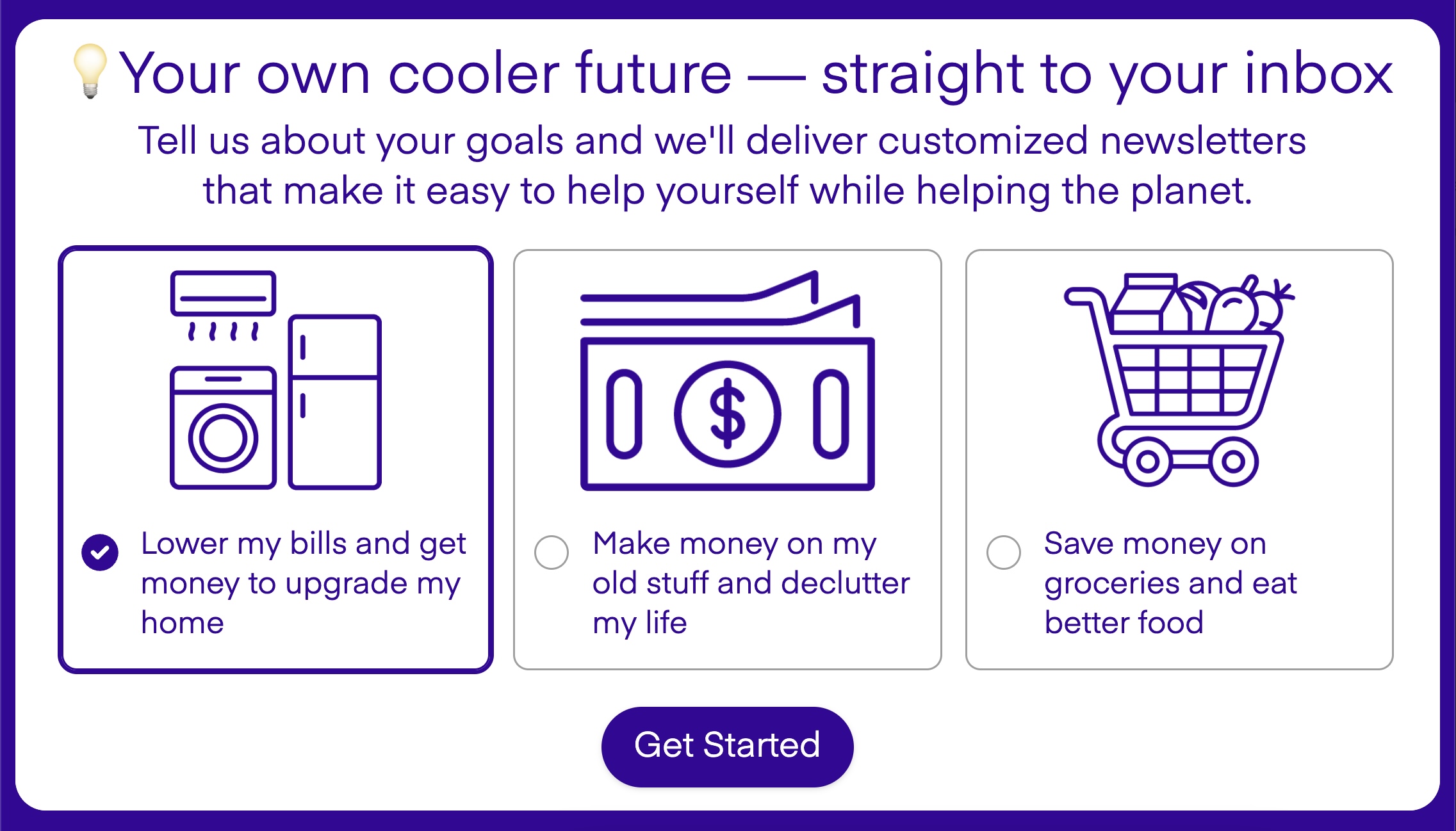Electricity demand is rising faster than it has in decades.
Between 2004 and 2024, the U.S. economy grew by more than 40% in real terms, and over that period, electricity demand was basically flat.
But many economic models suggest the next 20 years will be very different.
Between 2004 and 2024, we offshored manufacturing. That meant fewer factories consuming less power. Today, we are onshoring manufacturing, which means more factories are consuming more power.
Between 2004 and 2024, we built homes and cars that ran on fossil fuels. Today, we are at the beginning of the age of electrification.
Why we're using more electricity
Everywhere you look, there's more electricity demand coming.
Watch now: How bad is a gas stove for your home's indoor air quality?
Extreme heat in the South — where the population is growing fastest — is driving more air conditioning demand in the summer. State policies encouraging home electrification in the Northeast are driving more electric heating demand in the winter.
Even the oil and gas industry is electrifying everything. Here's a crazy stat: The state with the fastest electricity demand growth right now is North Dakota. Why? Because oil and gas rigs are electrifying their operations. In Texas, one of the fastest sources of electricity demand is coming from oil and gas producers in the Permian Basin.
Note that I didn't even mention the source of new demand that everyone generally thinks of: data centers. Even if you believe artificial intelligence is in a bubble and data center growth is about to collapse, electricity demand is still coming.
And yet, we are doing all the wrong things to prepare for this "electricity supercycle."
TCD Picks » Quince Spotlight

|
Do you think your energy bills are too high? Click your choice to see results and speak your mind. |
Preparing for increased electricity demand
The rate of transmission line growth has slowed to a crawl. Communities across the country are blocking new power projects.
In addition, the current so-called "Big Beautiful Bill" being debated in the Senate threatens to slow the solar, wind, and battery boom — three technologies that delivered 95% of new power capacity in the U.S. last year, according to Cleanview.
Solar, wind, and battery storage projects represent more than 90% of the planned power capacity in Cleanview's power project tracker.
While some conservative politicians have argued that the renewable energy industry should compete on its own without government support, the oil and gas industry has benefited from government subsidies for over 100 years.
The reality is that we've never had truly free energy markets in the U.S. The government has spent billions supporting coal, oil, natural gas, and nuclear.

But can't we just build more energy?
Critics of renewable energy say the solution is to build natural gas plants, but there is a backlog of several years for new gas turbines.
In a recent earnings call, the CEO of NextEra — the company that has built more gas power capacity than any other over the last decade — said they can't get a new power plant online until at least the early 2030s.
NextEra, meanwhile, recently said that about 84% of the new electricity generation the U.S. will need by that time will have to come from adding solar, wind, and battery storage to the grid. It, along with others like Entergy, has begun diversifying its portfolio into clean energy more than most legacy energy companies.
In addition to having pressure on electricity demand, we're going to have supply pressure, which will mean higher power bills in the coming years.
Some have argued that nuclear energy could be a cleaner solution to meeting our increasing energy needs — but nuclear energy isn't solving any of our electricity supply problems this decade.
The last nuclear plant we built in America took 15 years to build.
Editor's note: If you want to use your voice to make a difference, you can look up how to contact your own state's senators here — whether or not (and perhaps especially if not) they appear on this list.
Michael Thomas is the founder of Cleanview, a platform that helps clean energy leaders track the energy transition in real-time, and the author of a newsletter about climate change, Distilled, that has been read by more than 50 million people. Follow Michael on LinkedIn here, where this post appeared in its original form, or subscribe to his newsletter here.
Join our free newsletter for good news and useful tips, and don't miss this cool list of easy ways to help yourself while helping the planet.
















